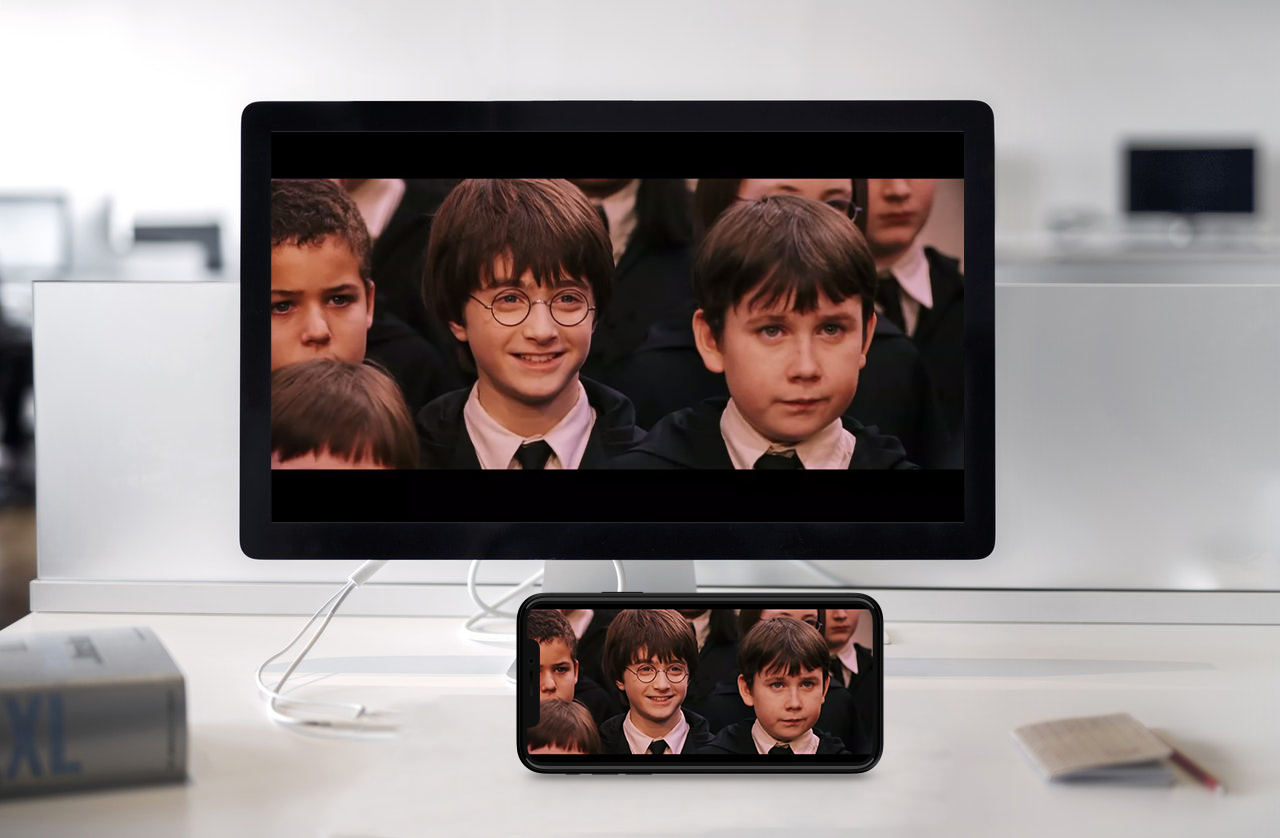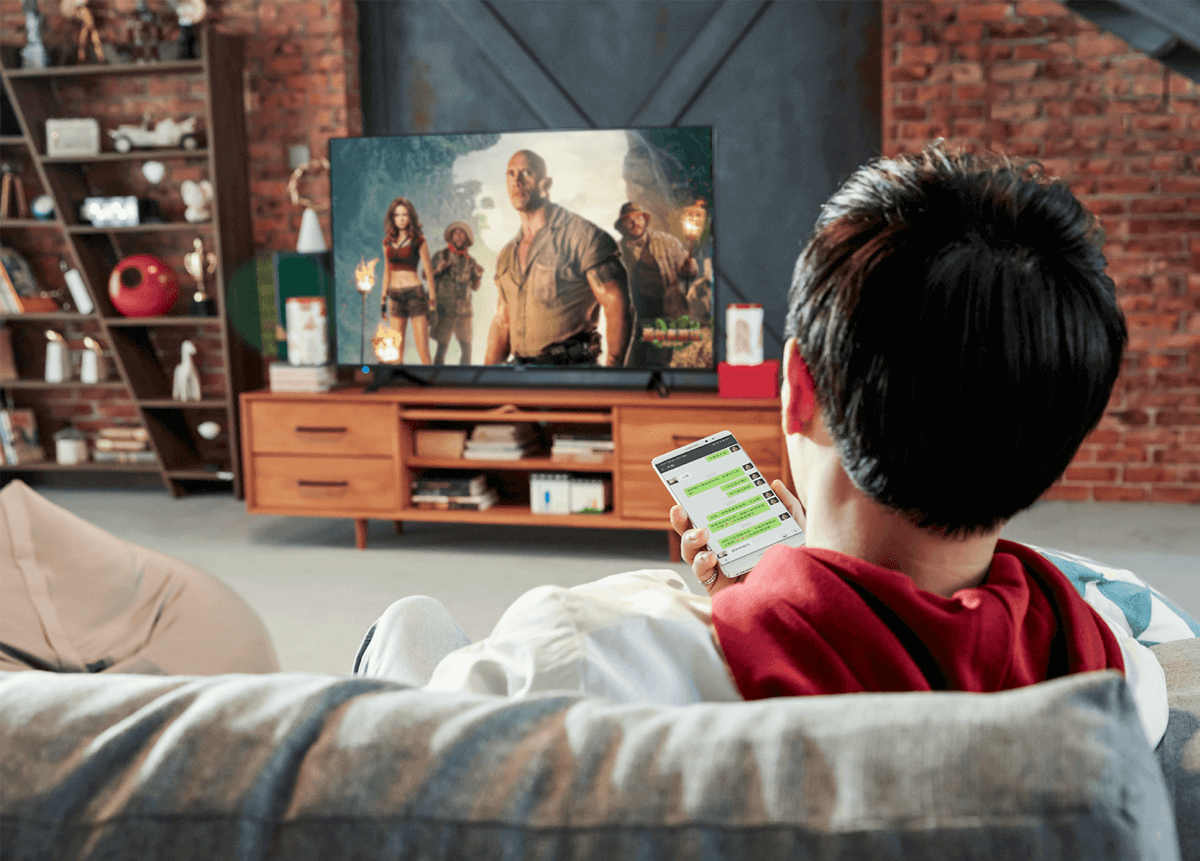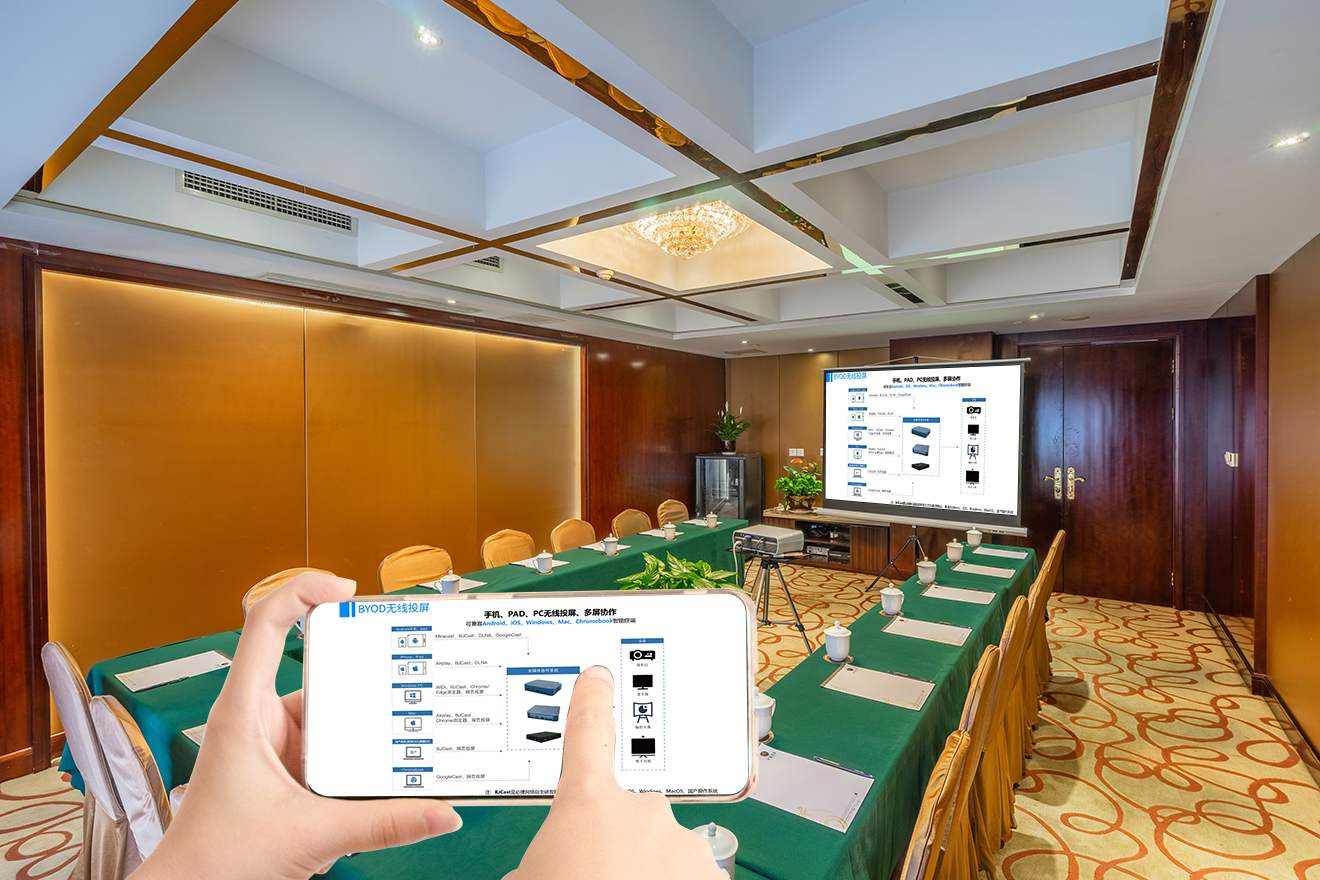Phone Screen Mirroring: Letting Small Screen Content Bloom on the Big Screen
As the most frequently used device in daily life, phones store vast amounts of photos, videos, documents, and creative inspirations. Phone screen mirroring technology breaks the limitations of the small screen, allowing this content to be clearly presented on a larger display while enabling two-way interaction. This injects new vitality into office, education, and entertainment scenarios.
I. Zero-Barrier Connection: Mirroring in 3 Seconds
(I) Multiple Ways for Quick Pairing
It supports various connection methods, including Wi-Fi Direct, QR code mirroring, and Bluetooth pairing, eliminating complex setups. Simply pull down your phone’s control center, tap “Screen Mirroring” or “Wireless Display,” select the corresponding large screen device, and connect within 3 seconds. The operation logic is universal for both Android and Apple phones, making it easy for anyone, even children and the elderly, to get started. At a family gathering, elders can mirror old photos from their Android phones, while young people share travel videos from their Apple phones, connecting and casting instantly without learning complicated steps.
(II) Stable Connection Across Scenarios
Whether in a networked conference room or classroom, or in an outdoor location without internet, stable screen mirroring is guaranteed. When connected to the same local area network, it automatically detects nearby large screen devices. In a non-network environment, the large screen generates a dedicated hotspot, and the phone connects to this hotspot to mirror directly, ensuring a stable and uninterrupted signal. During outdoor camping, connect your phone to the projector’s hotspot to mirror movies for everyone to watch. For impromptu client visits, mirror a proposal document from your phone to a portable screen at a coffee shop, showcasing your presentation without environmental limitations.
II. Picture Quality and Interaction: From Clear Presentation to Deep Interaction
(I) High-Definition Transmission Without Lag
It supports 1080P Full HD picture quality, with some scenarios achieving 4K output, delivering clear image details and true-to-life color reproduction. When playing 4K short videos from your phone, the large screen displays them as if they were natively shot. When displaying tables and charts in documents, text edges are sharp and blur-free. Transmission latency is controlled within 50ms. When scrolling through phone pages, the large screen responds synchronously. When watching live sports, the picture is fluid with no motion blur, providing an immersive experience.
(II) More Convenient Two-Way Control
The large screen can reverse-control the phone. In mirroring mode, you can use a stylus on the large screen to swipe the phone interface, tap apps, and input text, operating it as if you were using the phone itself. In meetings, the presenter can use the large screen to flip through PPTs on their phone and annotate key content. In class, teachers can directly open student assignments submitted from their phones on the classroom’s large screen, circling and modifying them with changes synchronizing back to the student’s phone, improving interaction efficiency by 60%.
III. Feature Expansion: Beyond Content Display
(I) Multi-Content Split-Screen Display
It supports mirroring multiple phone contents simultaneously to a large screen in a split-screen view. For instance, a product video can be displayed on the left while a specifications document is on the right, making comparative explanations more intuitive. When a salesperson introduces a product to a client, promotional videos and configuration tables from their phone can be displayed in a split-screen on the large screen, so the client doesn’t need to frequently switch phone pages, leading to more efficient information acquisition.
(II) Automatic Saving of Mirroring Records
Documents, annotations, and operational traces during the mirroring process are automatically saved to the cloud, allowing for categorized queries by time and scenario. After a meeting, mirrored proposal documents and large screen annotations are automatically synchronized to participants’ emails. For family gathering photo mirroring, the system generates an electronic album for easy future review.
IV. Scenario Implementation: Real Experience of Small Screens Making a Big Impact
(I) Mobile Office
When business professionals are out, they can mirror contracts from their phones to a client’s TV. Both parties can review terms on the large screen, use a stylus to annotate revisions, and confirm content on the spot. In remote meetings, the phone’s mirrored live view and participants’ video feeds are split-screen on the large display, making it feel like face-to-face communication, boosting decision-making efficiency by 50%.
(II) Classroom Interaction
Students can film experiment processes with their phones and mirror them to group screens for members to discuss. Teachers can initiate quizzes from their phones, and after students answer on their phones, the results are mirrored to the main screen for real-time display, making it clear at a glance who has mastered the content and who needs help. In a biology class, students can mirror microscopic cell images, allowing the entire class to observe and analyze together, significantly increasing classroom participation.
(III) Home Entertainment
On weekends at home, mirror variety shows from your phone to the TV and use a stylus on the large screen to participate in interactive quizzes. During friend gatherings, take turns mirroring games from phones to the TV for multi-player on-screen competition, doubling the fun. When mirroring, your phone can exit the mirroring interface to do other tasks without affecting the large screen playback, accommodating multi-tasking needs.
Phone screen mirroring allows content carried by small screens to transcend size limitations. Through convenient connectivity, high-definition presentation, and deep interaction, it unleashes greater value across various scenarios. Whether for efficient presentations in work or joyful sharing in life, phone mirroring enables your phone to become a bridge connecting small and large screens, allowing content to flow more freely and interactions to be more spontaneous.